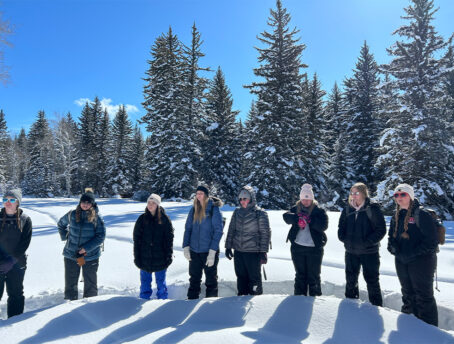The Farm to School movement makes so much sense for small schools and rural communities. Students eat better and learn about food and agriculture. Local economies are strengthened and small farms are supported. Furthermore, school communities are bolstered by thriving farm families and purposeful partnerships. The latter point is especially significant because so many rural regions have been hurt badly by farm consolidation and de-population.
REAP Food Group's "The Path from Farm to School" (above) is a wonderful primer on the Farm to School model.
Madison, Wisconsin's REAP Food Group "connects producers, consumers, businesses, and organizations to grow a healthful, just, and sustainable local food system in Southern Wisconsin." The nonprofit organization is also a national leader in Farm to School programming, connecting local farmers to the 27,000 student Madison Metropolitan School District. REAP's comprehensive Farm to School effort includes the following:
- Healthy Snack Program
- Integrating fresh, healthy and locally grown food into school lunches
- Chef in the Classroom
- Classroom Education
- Americorps Program
Madison is an affluent city, and the community's rich philanthropic heritage gives it a leg up in developing and implementing innovative programming. But the task of conducting a system-wide Farm to School program in a district the size of Madison is daunting, and small schools located in agricultural areas are actually better situated to move forward with the basic elements of a Farm to School program. In other words, both the scale and location of rural schools should facilitate the development of Farm to School efforts.
Nebraska's Center for Rural Affairs is an ardent Farm to School advocate. They believe that "Farm to School is a natural fit for Nebraska's rich history in agriculture." The Center has even developed a Farm to School Guide and Toolkit and celebrates "Rock Star Nebraska Food Service Directors," who have integrated local foods into the school menus.
Farm to School is not an "all or nothing" endeavor. In fact, taking small and tangible steps is a great way to get started. School gardens, snack programs, and special local food events are just a few of the ways a small, rural district can begin a good conversation on the relationship between nutrition, school and the local economy.
Partnerships are another great way to energize a Farm to School effort. Students can grow food for a local food bank, or a local funder can support an appropriate place-based education project. Of the 33 2015-16 Grants in Place projects funded by the Rural Schools Collaborative and its granting partners, 9 were focused on local foods and school agriculture.
If you would like to brainstorm ideas on how to start a Farm to School program in your community, please contact us at info@ruralschoolscollaborative.org. We will be more than pleased to help you plant the seeds that will connect students, farmers, and community!




